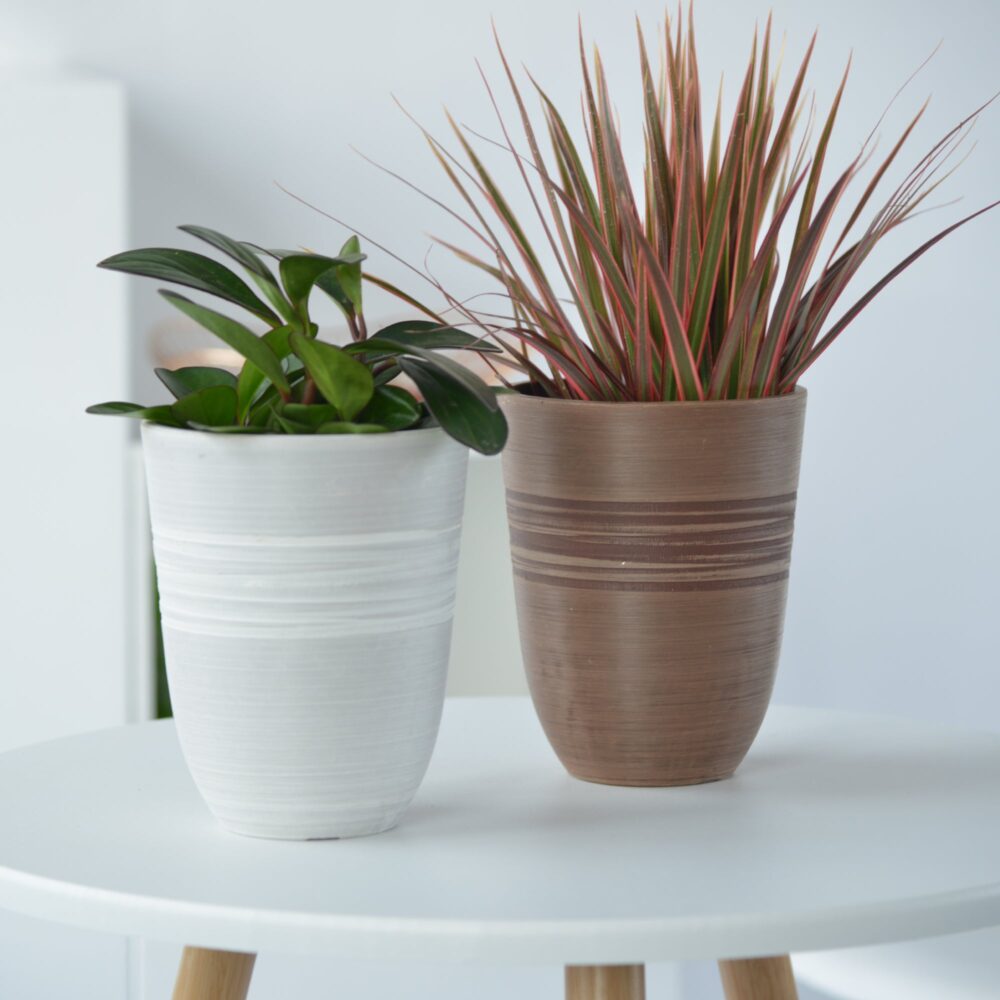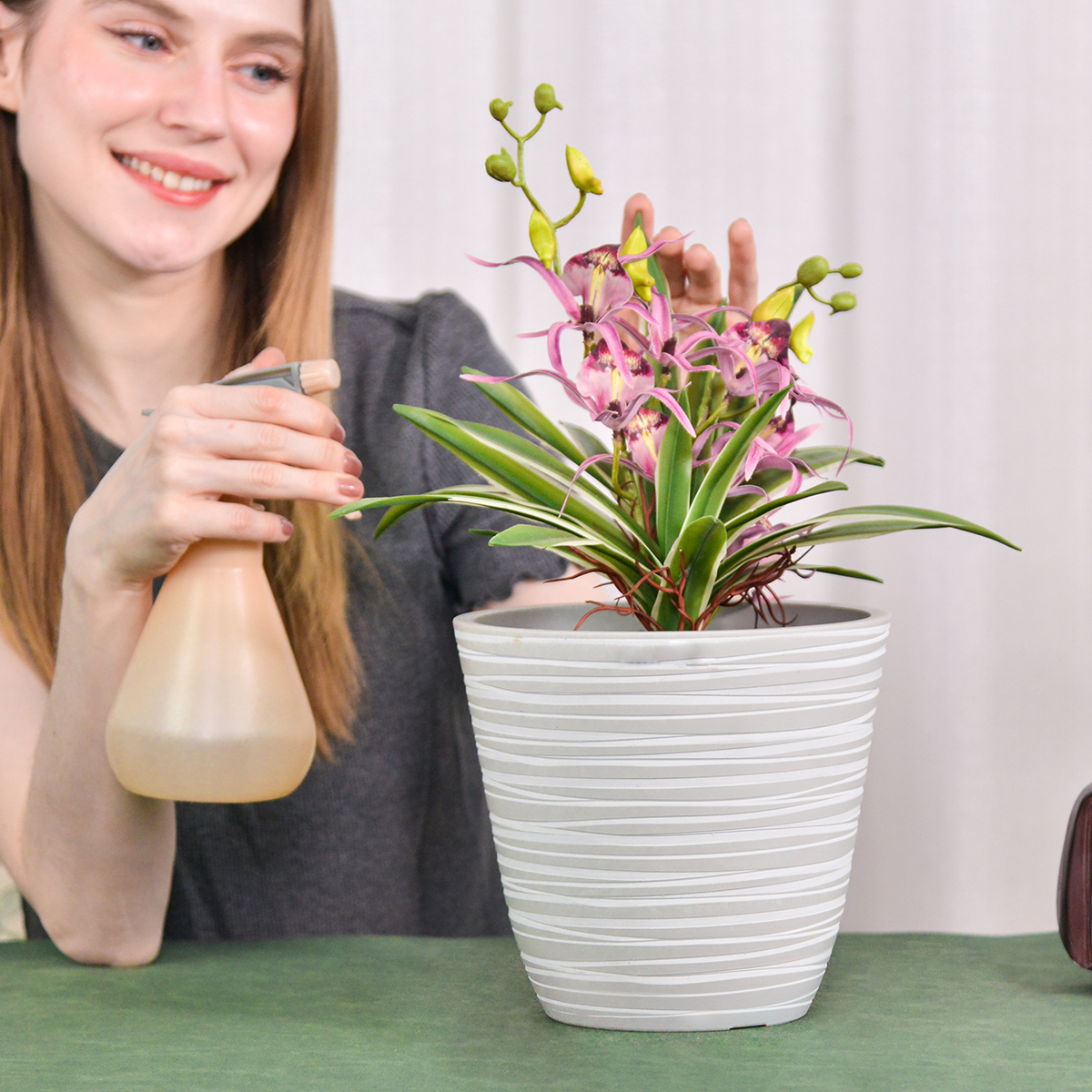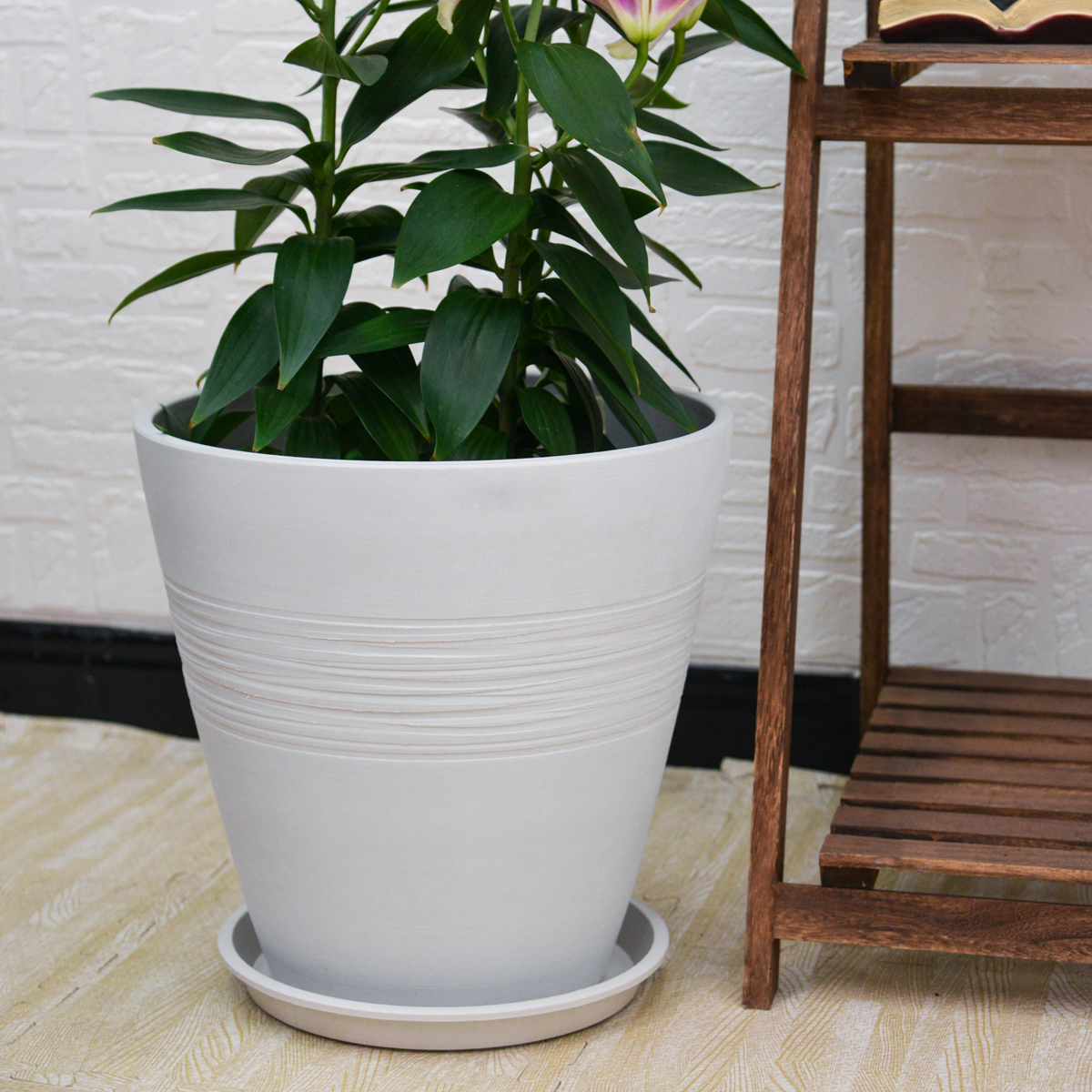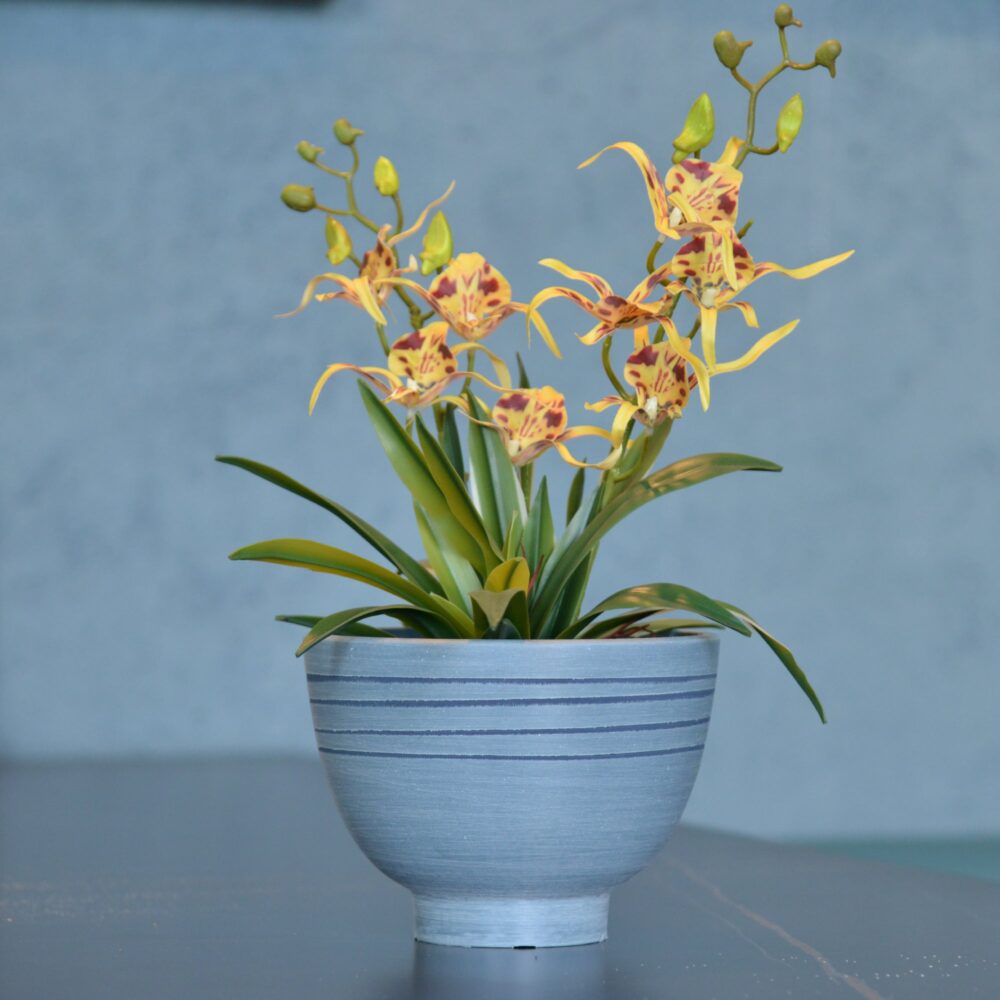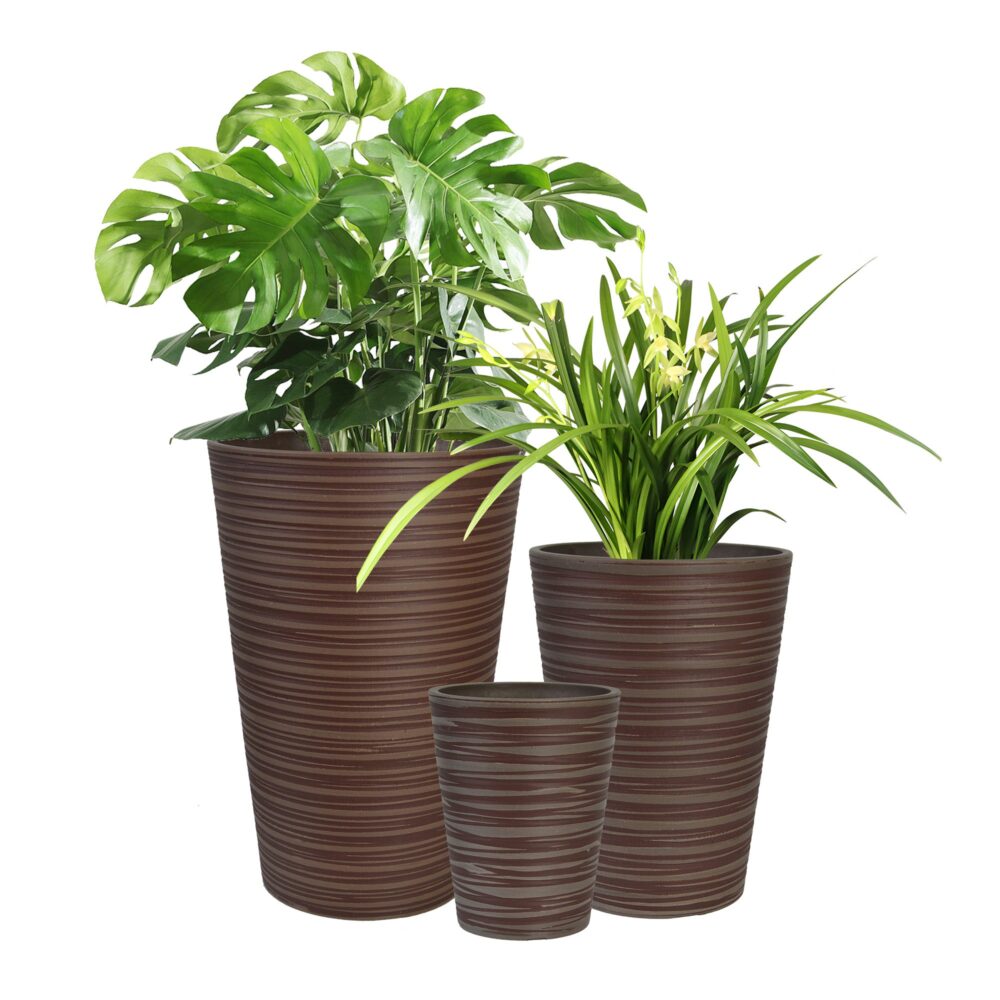Chrysanthemums Indoors: Potting, Care, and Blooming Tips for Home Gardeners
Want to enjoy the vibrant colors and cheerful blooms of Chrysanthemums right inside your home? While often associated with fall gardens outdoors, Chrysanthemums can be successfully grown indoors, bringing their beauty and long-lasting flowers into your living spaces. These popular and diverse flowering plants, belonging to the genus Chrysanthemum (often shortened to “mums”) and celebrated for their wide array of colors, flower shapes, and late-season blooms, can be a delightful addition to your indoor plant collection. This comprehensive guide will provide you with everything you need to know to grow Chrysanthemums indoors, from selecting the right varieties and pots to mastering essential care techniques for abundant blooms.
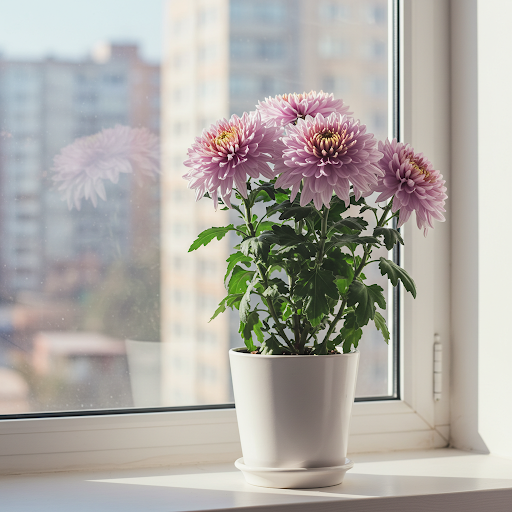
Chrysanthemums
Can Chrysanthemums Thrive Indoors?
Yes, Chrysanthemums can thrive indoors and reward you with beautiful blooms, although it’s important to understand their needs and provide the right environment. Indoor chrysanthemum growing is achievable, especially with proper variety selection and care that mimics their natural preferences for light, temperature, and well-draining conditions. While they may require a bit more attention than some other houseplants, the vibrant colors and long-lasting flowers of indoor mums make the effort worthwhile.
Ideal Indoor Growing Conditions for Chrysanthemums:
- Chrysanthemum Varieties for Indoors: Choose smaller, compact chrysanthemum varieties that are better suited for container growing indoors. Look for cultivars specifically labeled as “pot mums” or “florist mums.” These are bred to be more compact and bloom profusely in pots. Avoid garden mums that are bred for outdoor landscapes, as they can become too large and leggy indoors. Popular indoor chrysanthemum types include:
- Florist Mums (Pot Mums): Bred specifically for pots and indoor blooms, available in many colors and flower forms.
- Dwarf Chrysanthemum Varieties: Look for cultivars specifically described as “dwarf” or “compact.”
- Single-Bloom or Semi-Double Varieties: These may be slightly easier to manage indoors than very large, double-flowered types.
- Light: Chrysanthemums are sun-loving plants and need bright light to thrive and bloom indoors. At least 6 hours of direct sunlight per day is ideal. South-facing windows are the best option. If you don’t have sufficient natural light, supplemental grow lights are highly recommended, especially during the shorter days of fall and winter when they naturally bloom. Insufficient light can lead to weak growth, fewer blooms, and leggy plants.
- Soil: Chrysanthemums need well-draining, fertile soil. Use a high-quality potting mix that is rich in organic matter and provides good drainage. You can use a general-purpose potting mix amended with perlite, vermiculite, or compost to improve drainage and aeration.
- Watering: Chrysanthemums need consistent moisture, especially when they are actively growing and blooming. Water thoroughly when the top inch of soil feels slightly dry to the touch. Ensure good drainage to prevent soggy soil and root rot. Indoor pots may dry out faster than garden beds, so check soil moisture regularly. Avoid letting the soil completely dry out, especially during blooming. Reduce watering slightly after blooming is finished and during any potential dormancy period.
- Temperature: Chrysanthemums prefer cooler temperatures, especially during their blooming period. Ideal daytime temperatures are between 60°F to 70°F (15°C to 21°C), with slightly cooler nighttime temperatures. Avoid high indoor heating, especially during the blooming season, as excessive heat can shorten bloom duration. They can tolerate slightly cooler temperatures, but protect them from frost.
- Humidity: Chrysanthemums prefer moderate humidity. Average indoor humidity is generally acceptable. Good air circulation is important to prevent fungal diseases, especially in indoor environments with potentially higher humidity. Ensure good ventilation in the room.
Planting Chrysanthemums Indoors:
- Starting from Potted Mums or Cuttings: The easiest way to start growing chrysanthemums indoors is to purchase potted florist mums from nurseries, garden centers, or florists, especially when they are in bud or bloom in the fall. You can also propagate chrysanthemums from stem cuttings, although starting with potted plants is more common for indoor growing.
- Repotting: If you purchase a potted chrysanthemum, it may be beneficial to repot it into a more decorative or appropriately sized container with fresh potting mix soon after bringing it home, especially if it appears root-bound or is in a very small pot. Repot in spring or early fall.
Choosing the Right Pots for Indoor Chrysanthemums:
- Suitable Pot Types: Select pots with good drainage and adequate size. Terracotta, ceramic, or plastic pots are all suitable. Terracotta pots can be beneficial as they help with drainage and aeration, reducing the risk of overwatering.
- Drainage: Excellent drainage is essential for chrysanthemums to prevent root rot. Ensure your chosen pot has drainage holes at the bottom. You can also add a layer of gravel or pot shards at the base of the pot to improve drainage further.
- Pot Size: Choose a pot that is appropriately sized for the size of the chrysanthemum plant. For typical florist mums, a pot that is 6-8 inches in diameter is a good starting point. Larger, bushier plants may need pots 8-10 inches or larger. Select a pot that is deep enough to accommodate the root system.
- Potting Mix: Use a well-draining, fertile potting mix as described earlier.
Essential Care Tips for Blooming Indoor Chrysanthemums:
- Light is Key for Blooms: Provide maximum possible sunlight. Place chrysanthemums in the sunniest location, ideally a south-facing window. Use grow lights to supplement natural light, especially if you want to extend the blooming period or if natural light is limited.
- Watering Management: Water thoroughly and consistently when the top inch of soil is slightly dry. Avoid overwatering and soggy soil, but also prevent the soil from completely drying out, especially when the plant is budding and blooming. Ensure good drainage.
- Fertilizing for Best Blooms: Chrysanthemums are moderate feeders and benefit from regular fertilization, especially during their active growth and blooming period. Fertilize every 2-4 weeks during the growing season (spring and summer) and into the blooming period with a balanced liquid fertilizer or a fertilizer formulated for blooming plants. Follow package instructions for dilution and application. Reduce or stop fertilizing after blooming is finished.
- Deadheading Spent Flowers: Deadhead (remove) spent or faded flowers promptly to encourage more blooms and prolong the flowering period. Pinch off the entire flower head and stem down to the next leaf node.
- Pinching for Bushier Growth (Early Season): In early spring and summer, when the plant is actively growing foliage, you can pinch back the tips of the stems to encourage bushier growth and more branching. This can lead to more flowers later in the season. Pinching is typically done 2-3 times during the vegetative growth phase, stopping well before bud formation in late summer/early fall.
- Cool Temperatures During Bloom: Maintain cooler indoor temperatures during the blooming period (fall and winter) to prolong flower longevity. Avoid placing them near heat sources.
- Pest and Disease Control: Monitor indoor chrysanthemums for common houseplant pests like aphids, spider mites, and fungal diseases like powdery mildew. Good air circulation and avoiding overwatering can help prevent many issues. Treat any pest infestations or diseases promptly with insecticidal soap, neem oil, or appropriate fungicides if needed, following product instructions carefully and prioritizing organic options when possible.
- After Blooming Care: After the blooming period is finished, you have a few options:
- Discard as Annuals: Florist mums are often treated as annuals and discarded after blooming, as they are often heavily hybridized for bloom quantity and may be less reliable for reblooming indoors.
- Try to Overwinter and Rebloom (More Challenging Indoors): If you want to try to overwinter your chrysanthemum and encourage reblooming the following year, you can:
- Prune back: Cut back the plant to a few inches above the soil line after blooming is finished and flowers have faded.
- Cool, Reduced Light Period: Provide a cooler, less bright location and reduce watering significantly during a dormancy period.
- Spring Re-growth: In early spring, as new growth begins, gradually increase light, temperature, and watering. Repot with fresh potting mix if needed.
- Reblooming Indoors is Not Guaranteed: Reblooming indoor florist mums can be unpredictable and may not always be successful or as profuse as the initial blooms. Outdoor planting in the spring is often more reliable for reblooming garden mums.
Popular Chrysanthemum Flower Types (Many available as pot mums):
- Single: Daisy-like with a single row of petals around a center disk.
- Semi-Double: Multiple rows of petals, but the center disk is still visible.
- Double/Pompon: Fully double, rounded flower heads with many petals, hiding the center disk.
- Decorative: Irregularly arranged petals, creating a fuller, less formal look.
- Incurve: Rounded blooms with petals curving inwards towards the center.
- Reflex: Blooms with petals curving outwards and downwards.
- Spider: Long, tube-like petals that hook or coil at the ends, resembling spider legs.
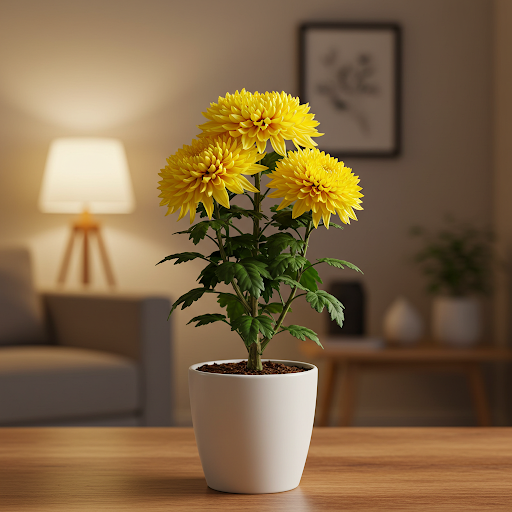
Chrysanthemums
In Summary:
Growing Chrysanthemums indoors can bring a burst of color and autumnal cheer to your home, especially during the fall and winter months. By selecting compact “pot mum” varieties, providing bright light (ideally with supplemental grow lights), using well-draining soil, maintaining consistent moisture, ensuring good air circulation, and following proper care practices like deadheading and occasional fertilization, you can successfully cultivate beautiful and long-lasting chrysanthemum blooms indoors and enjoy their vibrant presence in your home.
For more detailed botanical information and to explore the vast diversity of chrysanthemum cultivars, you can visit the Wikipedia page on Chrysanthemum.
Important Note: Chrysanthemums are considered mildly toxic if ingested and can cause skin irritation in some individuals upon contact (contact dermatitis). It’s advisable to keep them out of reach of children and pets who may be tempted to chew on the leaves or flowers, and to wear gloves when handling chrysanthemums if you have sensitive skin.
Plant Pots 6 inch 8 inch 10 inch for Indoor Plants, Set of 3 Modern Decorative Planter ts with Drainage Hole, Decorative Flower Pots
By greenship-seo|2025-04-10T06:39:28+00:00January 14, 2025|Categories: Hand-carving Series|Tags: Decorative Flower Pots|
11V
By greenship|2024-08-13T03:05:48+00:00August 13, 2024|Categories: Hand-carving Series|
KC2-GS
By greenship|2024-08-16T06:30:21+00:00August 16, 2024|Categories: Hand-carving Series|
8 inch/10 inch Planter Indoor Plants, 2 Pack Modern Decorative Plant Pots with Drainage Hole, Cute Bowl Shape Flower Pots
By greenship-seo|2025-04-10T08:03:42+00:00January 9, 2025|Categories: Hand-carving Series|Tags: Decorative Flower Pots, Self-Watering Pots|
Modern Plant Pots with Drainage – Indoor & Outdoor Use (6″ Widths)
By greenship-seo|2025-04-10T06:29:43+00:00February 6, 2025|Categories: Hand-carving Series|Tags: Decorative Flower Pots|
11TH
By greenship|2024-08-13T02:50:25+00:00August 13, 2024|Categories: Hand-carving Series|

